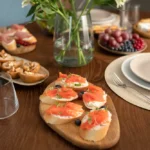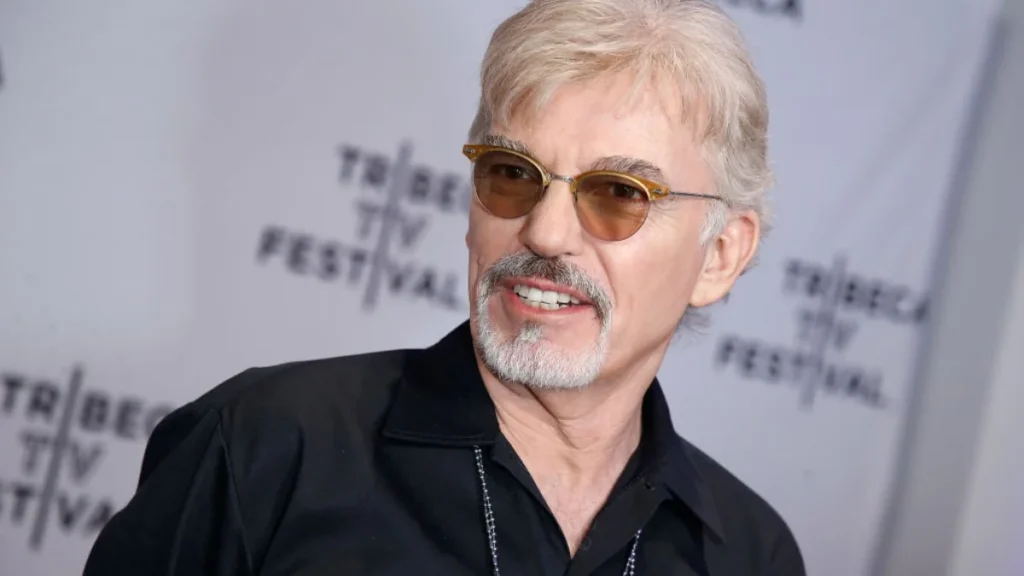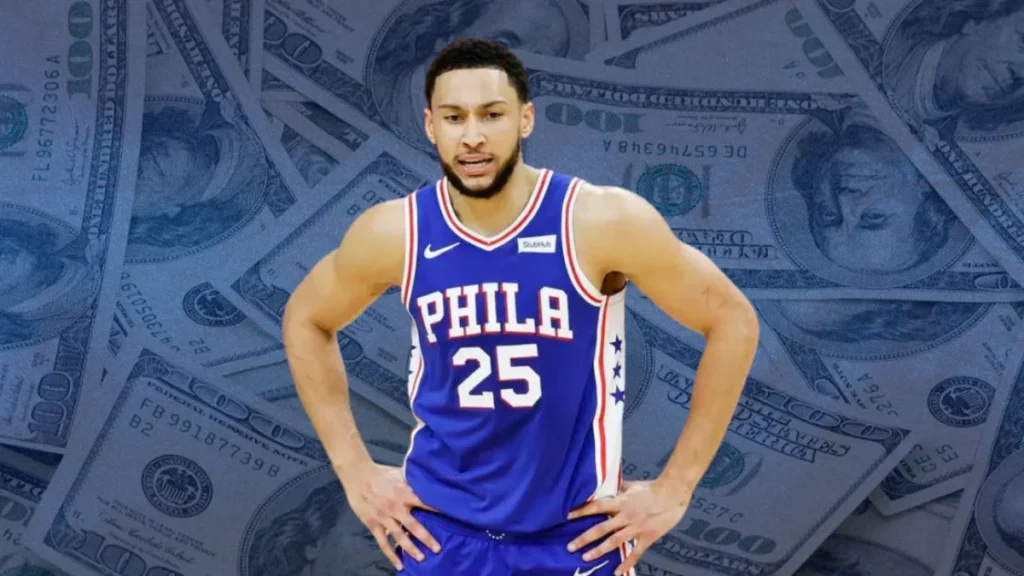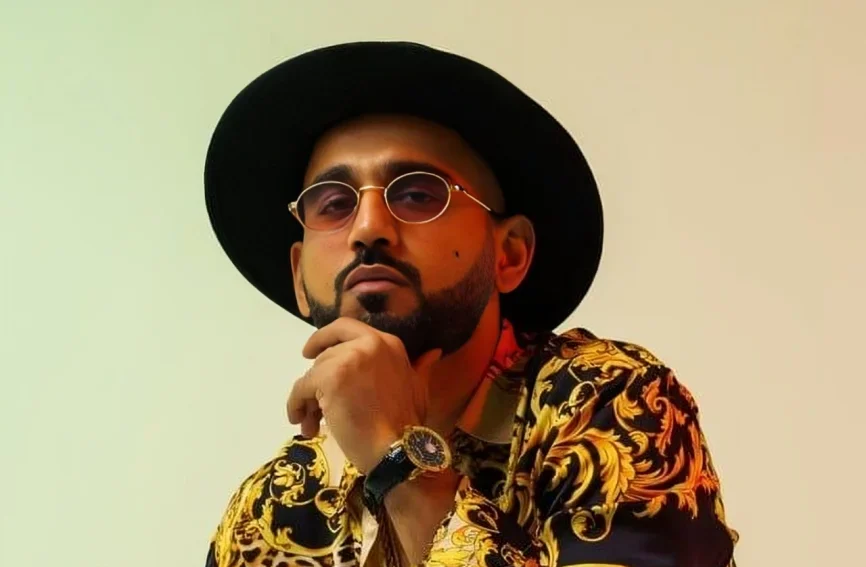Fade haircut stand out as the signature style for men who want to make a bold statement. This modern cut dominates barbershops everywhere, especially when you have younger guys who want that perfect blend from longer hair on top to ultra-short sides and back. The clean, sharp aesthetic of a fade appeals to many men, and the right variation can significantly enhance their facial features.
A men’s fade haircut is not just a single look – it’s a versatile technique that offers low, mid, and high fades, each creating distinct levels of contrast. Specialized versions, such as drop, burst, and temporary fades, bring unique dimensions that work well with different facial features. These stylish cuts, while needing more upkeep than traditional tapers, open up a world of possibilities for you to experiment with, and you’ll need regular barber visits to maintain that fresh, defined look.
Let me show you in this piece how to select the perfect fade that matches your face shape and creates a look that’s both modern and complements your natural features.
What is a Fade Haircut?
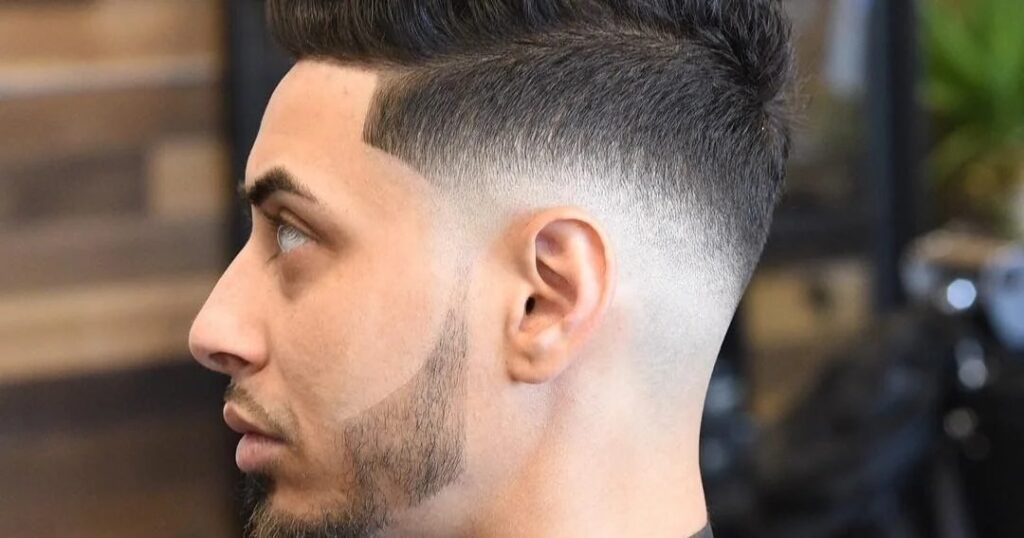
A classic fade haircut features a smooth, graduated shadow that begins at the skin and gradually blends into longer hair at the crown. This style has countless variations and serves as the lifeblood of modern men’s grooming. The name comes from how the hair naturally “fades” from longer to shorter lengths. The result is a clean, polished look that suits almost any man.
How fade haircut is done
The perfect fade demands both skill and precision. Barbers start with different guard sizes on their clippers to create the gradient effect. They begin by setting guidelines around the head to mark transition points. The systematic work continues with longer guards until the blend looks smooth and natural.
“The key to a perfect fade is all in the wrist,” says experienced barber Waunie Neal. Most pros pick their equipment based on hair texture. They use rotary motor clippers for straight hair and magnetic motor clippers for coarse or textured hair. The technique needs careful attention, and barbers often use the corner of the blade to smooth out lines between different lengths.
Professional barbers stay away from harsh lines in the hair. Their focus remains on creating that signature smooth progression from skin to longer hair that makes this style so popular.
Why fades are so popular today
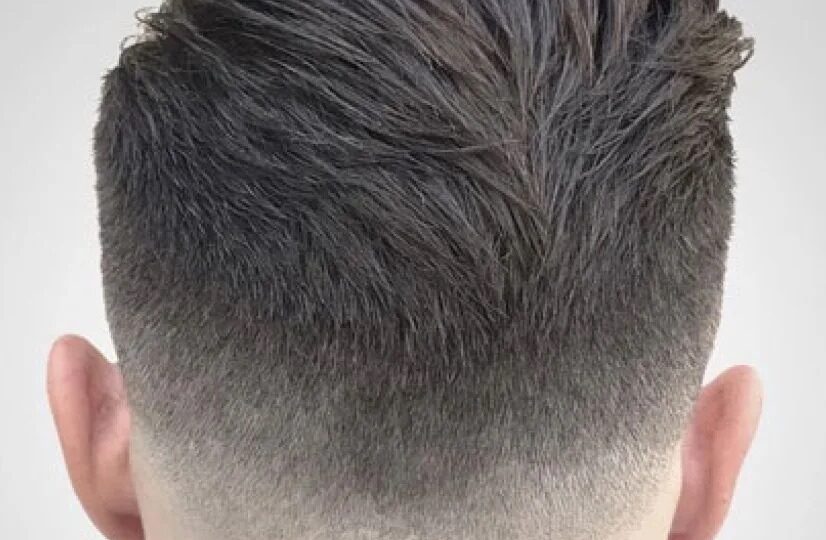
Fade haircut stays in demand, and with good reason, too. These cuts adapt easily to different face shapes, hair types, and personal styles. Additionally, they create a clean, crisp look with clear separation between the top and sides, which gives haircuts a polished finish.
Another reason for the popularity of fade haircuts is their practicality. Fades require less maintenance than other styles, thanks to their graduated cut that hides irregular growth, meaning fewer trips to the barber. Men appreciate that these cuts need minimal daily styling – just a quick product application keeps the look sharp, making them a convenient choice for many.
The fade haircut has proven to be more than just a passing trend. Their history dates back to the military styles of the 1940s and 1950s, with another surge in popularity during the 1980s hip-hop era. Modern fashions seamlessly blend classic and contemporary elements, making them perfect for both professional and casual settings.
Types of fades: low, mid, high, skin
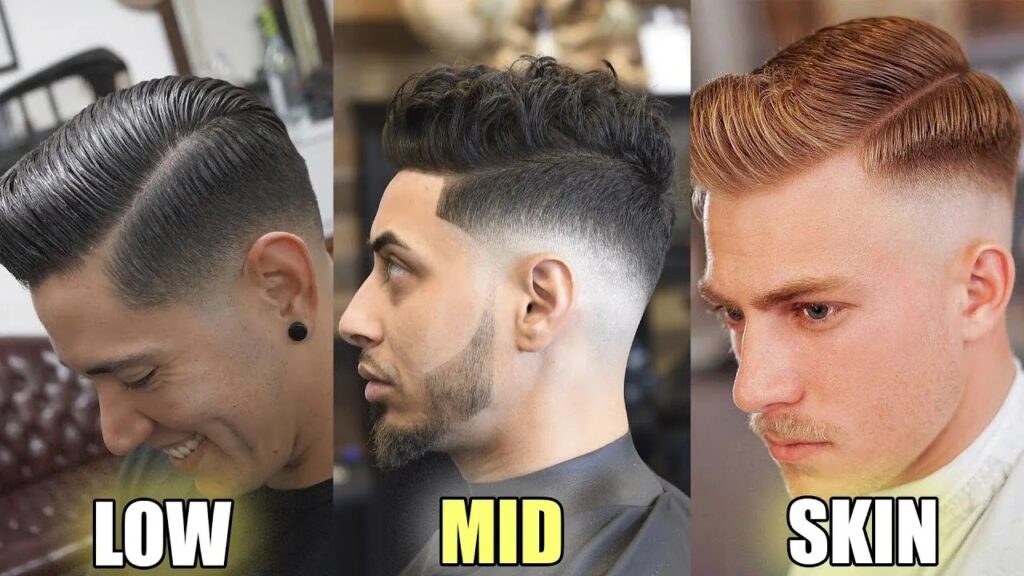
Fade haircuts come in several distinct styles, each defined by the graduation starting point:
- Low Fade: Begins just above the ears and moves upward gradually. This subtle option gives a conservative look while keeping a modern edge. Low fades pair perfectly with side parts, comb-overs, and classic styles.
- Mid Fade: Starts around the temples or middle of the head, striking the right balance between bold and conservative. These fades show more contrast than low fades without being too dramatic, making them versatile for a wide range of hairstyles.
- High Fade: Begins above the temples and blends quickly to create a sharp contrast. This bold style creates a dramatic transition that highlights the longer hair on top. High fades work great with textured crew cuts, pompadours, and other modern styles.
- Skin Fade: Also known as a “bald fade,” this style takes the hair down to skin level at its shortest point. Barbers use a shaver or razor to create an ultra-clean transition that delivers maximum definition and sharpness.
The style options go beyond these main types. You’ll find specialized versions like the burst fade (circular fade around the ears), drop fade (curves downward at the back), and temp fade (focuses on the temples while keeping the back longer). Each version can be customized to match your face shape and personal style.
How Face Shape Affects Your Fade haircut
Your face shape plays a crucial role in selecting the right fade haircut. The perfect fade that matches your facial structure can transform a good haircut into something exceptional. Let’s figure out your face shape first and understand why it makes such a big difference in your overall look.
Identifying your face shape
A mirror alone may not provide a complete picture of your face shape. You can try several techniques to get a better idea:
A reliable way involves using a flexible measuring tape. Pull your hair back and measure these areas:
- Your face length (from hairline to chin)
- Forehead width (from one side of your hairline to the other)
- Cheekbone width (across the highest points)
- Jawline width (from below one ear to your chin, then doubled)
These measurements help you figure out which of the six familiar face shapes you have: oval, round, square, heart, diamond, or long (rectangular).
Don’t want to measure? You can trace your face outline on a mirror with a dry-erase marker or take a selfie and trace the shape. This visual method clearly shows your overall facial structure.
The good news is you shouldn’t stress too much if you’re unsure about your face shape. One expert puts it well: “Many people don’t fit into just one face shape category. People can have a mix of different face shapes, and it’s quite common.” You might have features from multiple face shapes, which gives you more options with haircuts. This flexibility means you can confidently choose a fade that suits your unique features, regardless of strict face shape categories.
Why face shape matters for a fade haircut
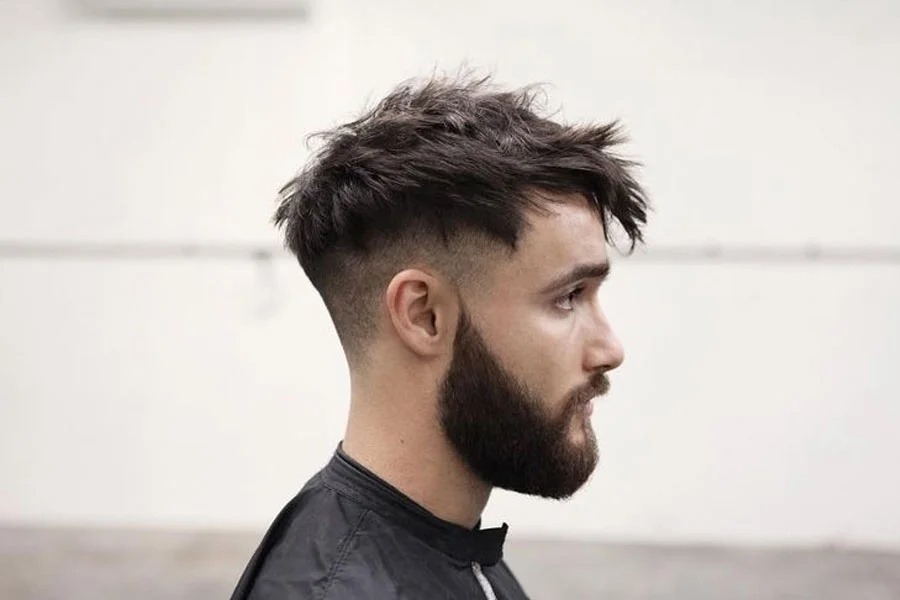
The proper fade can enhance your best features while the wrong one might highlight aspects you’d rather not emphasize. This knowledge helps you make better choices at the barber shop.
Barber Herson Rodriguez explains it well: “Fades usually depend on two factors: desired overall style and the shape of one’s face.” To cite an instance, a high fade with length on top can make a round face appear longer and more angular. A low fade might work better for someone with a square face and a strong jawline, as it softens those angles.
Knowing your face shape helps you avoid awkward haircuts. High fades leave the sides bare, drawing attention to your natural face shape, including any bumps, moles, or scars. That’s why it’s better to know your face shape before choosing a style that might highlight features you’d prefer to minimize.
The fade’s starting and ending points matter too. Round faces look slimmer and longer with a low fade. Drop fades can reduce the appearance of length in longer faces. Mid fades work well with different face shapes because the top length helps balance the style with your face shape.
Fade haircuts are exceptionally adaptable. Barbers can customize any fade to match your unique features, even if certain styles typically work better for specific face shapes. They adjust the height, blend, or add length on top to create perfect proportions.
These guidelines provide a great starting point, but your personal style preferences also matter. The confidence you feel wearing a particular style often matters more than strict face shape rules. Despite that, talking to an experienced barber who understands face shapes will help you skip the long trial-and-error process many guys go through finding their ideal fade.
Best Fade Haircut Styles for Each Face Shape
The right fade haircut can elevate your style by complementing your facial structure perfectly. Your face shape has unique features that match better with specific fade variations. This creates a balanced look between your features and haircut.
Oval face: Balanced and versatile styles
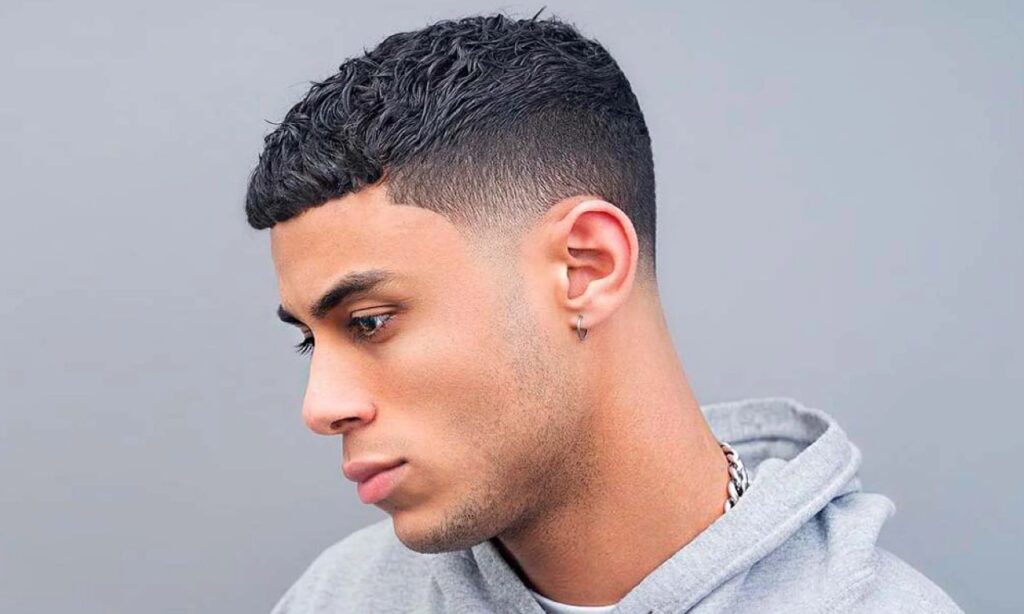
Guys with oval faces have lucked out with haircuts. Their balanced face shape works with almost any fade style. Mid-fades look especially good and create a clean transition that keeps the natural symmetry of oval faces. A taper fade that smoothly blends from top to bottom while keeping the lower hairline intact gives you a polished look. You can pair this versatile option with both short and long hairstyles on top.
Round face: High fades for added height
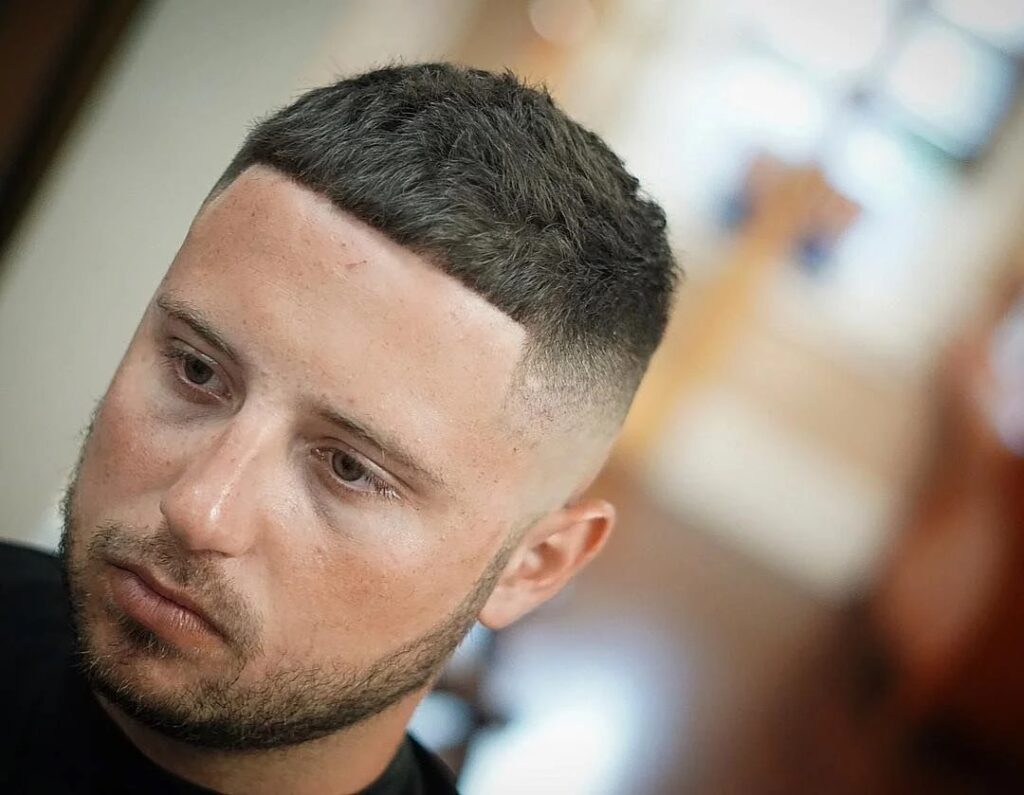
Round faces with soft features and full cheeks often require definition to achieve a more angular look. High fades add sharp contrast between the sides and top, which makes them perfect. Your face looks longer with this style, particularly if you add volume on top. A clean side part with fade creates a defined line that enhances facial angles. One stylist puts it well: “Styles that add height and create angles effectively balance round facial features.”
Square face: Low fades to soften angles
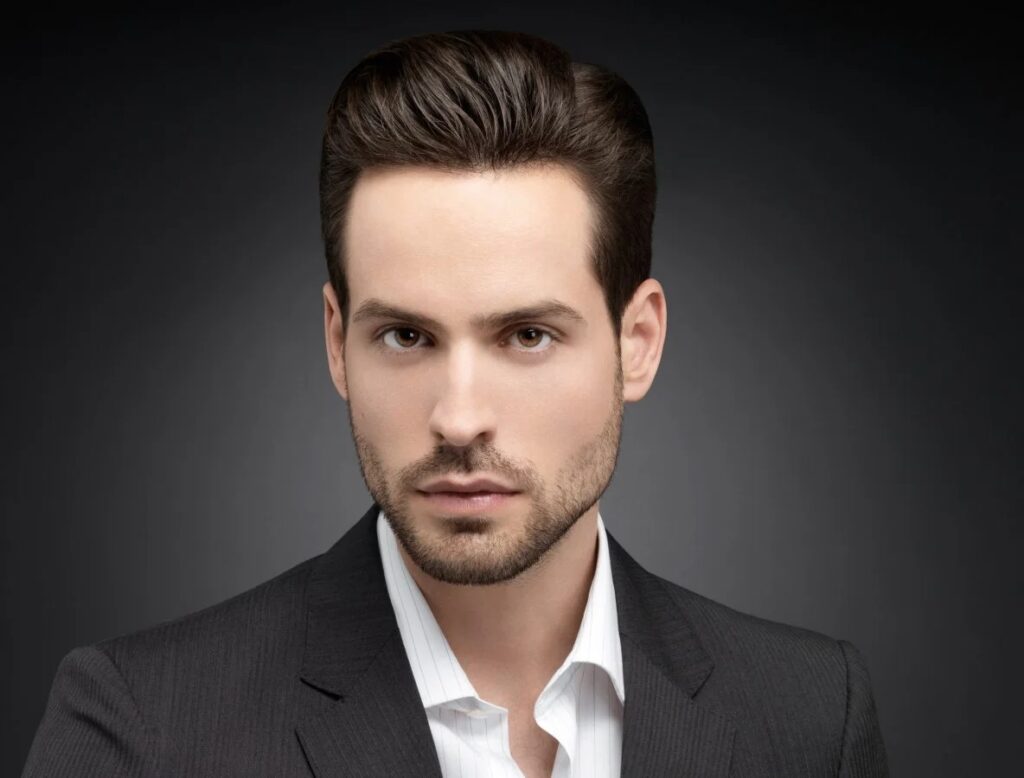
Strong jawlines and angular features mark a square face. Low fades make this face shape look great by softening those sharp edges. The gentle tapering balances natural geometry without taking away from your masculine jawline. You should keep more hair on the sides than with higher fades. Textured crops or slicked-back styles frame square faces nicely without being too much.
Heart-shaped face: Mid fades for balance

Mid-fades create visual balance that works exceptionally well for heart-shaped faces, characterized by a wider forehead and narrower chin. This style sits right between subtle and bold, making face proportions look even. Some length on top helps minimize attention to a broader forehead. A light beard can add width to the lower half of your face and create better balance.
Diamond face: Temp fades to highlight cheekbones
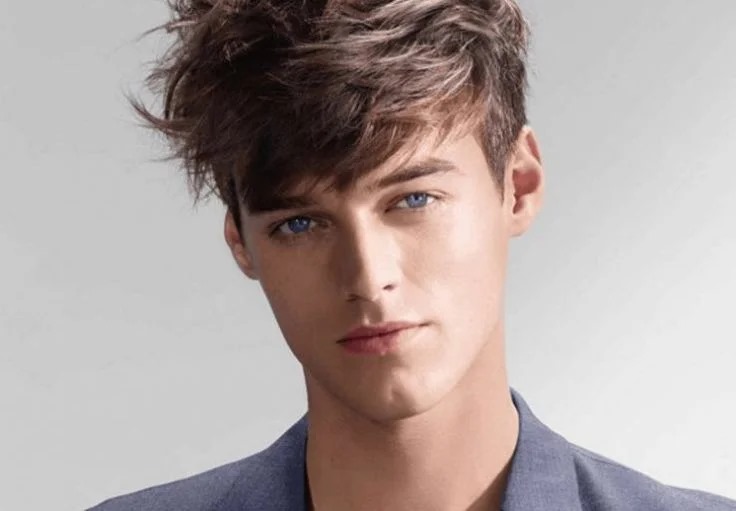
Diamond faces are among the rarest male face shapes, showing off prominent cheekbones with a narrower forehead and chin. Temp fades look amazing by drawing attention to the temples while making those striking cheekbones stand out. Mid-fades add dimension and balance facial features nicely. One expert suggests: “Don’t over-taper the sides, maintain some weight around the temples to avoid emphasizing cheekbone width.”
Long face: Drop fades to reduce length
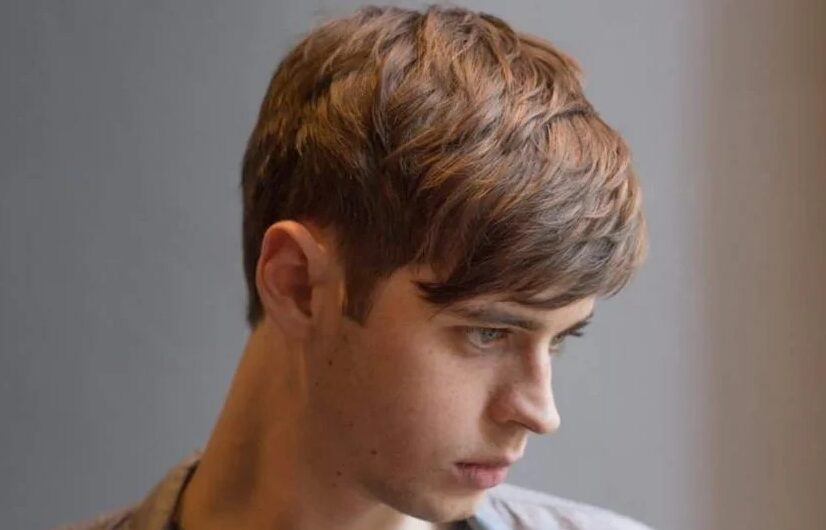
Drop fades work best for long or oblong faces. This special fade follows your head’s natural curve and drops lower toward the back. The style makes your face appear shorter. Short, cropped styles work better than adding height on top, as this can make your features appear longer.
How to Choose the Right Fade for You
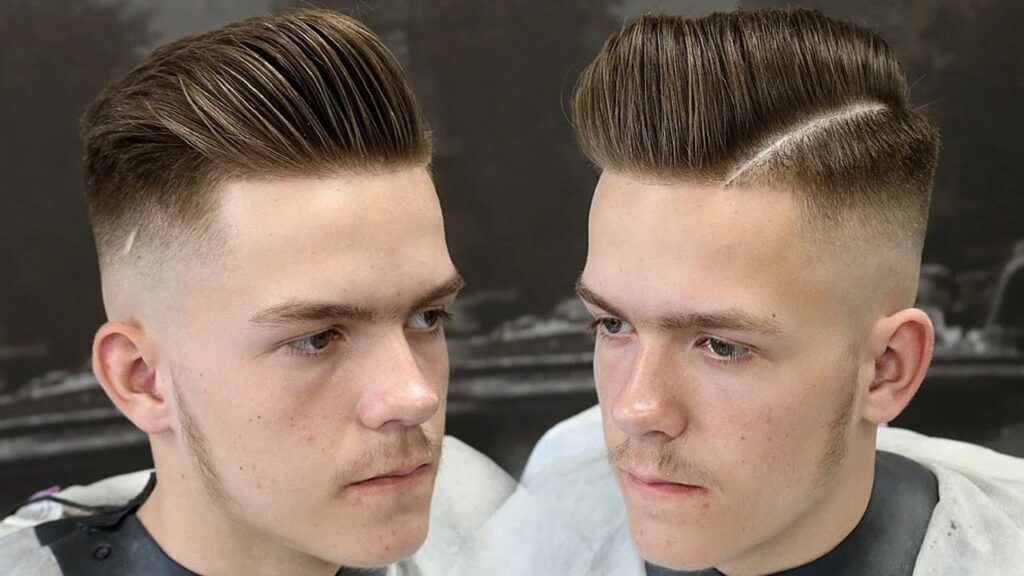
The perfect fade haircut isn’t just about showing your barber a picture from their lookbook. Your ideal fade should match your unique features and blend naturally with your daily routine. Here’s what you should think about when choosing yours.
Think over your hair type and texture.
Your natural hair texture plays a huge role in how a fade will look. Thick, curly hair works great with low fades, which help control bulk while showing off your texture on top. People with fine, straight hair might want to try a high fade that creates the illusion of more volume where needed.
A mid-fade works well with coarse hair. It keeps the sides in check while letting you style the longer top section your way. Wavy hair naturally adds texture that works with almost any fade style. Mid fades create a smooth transition between the top and sides.
Match your fade to your lifestyle.
The way you live and work should guide your fashion choices. One expert puts it this way: “If you’re a busy professional who doesn’t have time for complex grooming, pick a fade that’s easy to maintain but still looks sharp”.
Corporate settings might need more subtle low fades that taper gradually. This gives you a clean look without going overboard. Creative jobs provide you with room to play with high fades, skin fades, or unique styles like burst fades that show your personality.
Think about maintenance and upkeep.
You need to be honest about how much time you’ll spend on maintenance before picking a fade style. Most guys see their barbers every 2-4 weeks to keep their fade looking crisp. High and skin fades require more frequent visits – sometimes weekly – since even slight growth can make them appear less sharp.
Good clippers can help you touch up your fade between visits, but leave the detailed work to professionals. On top of that, the right styling products for your hair type will help your fade look fresh every day.
Styling and Maintenance Tips for Fade Haircut
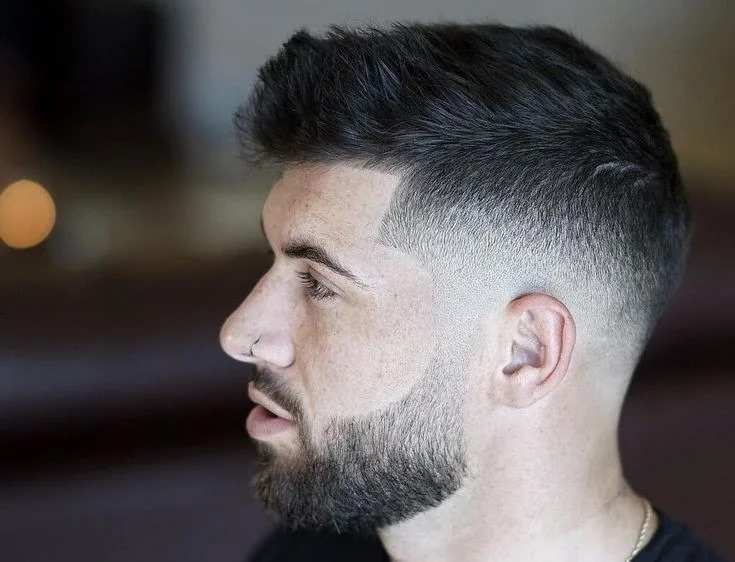
Your fade haircut needs regular upkeep and proper techniques to stay fresh. The crisp definition can fade away fast without reasonable care, so let’s take a closer look at ways to keep your style sharp between barber visits.
How often should I visit the barber?
Your chosen fade type determines how often you need maintenance. High or skin fades show new growth more, so you might need weekly visits to keep them clean. Most guys should schedule touch-ups every 1-2 weeks for standard fades. These regular trims help your fade keep its definition as hair grows back.
Low fades let you wait 3-4 weeks between appointments. Your hair’s growth rate plays a significant role in setting the proper schedule. Quick touch-ups keep your style fresh and make future barber visits shorter.
Products to keep your Fade haircut sharp
The right hair products can make your fade last longer:
- Styling Products: Pomade or gel controls the longer top section, while wax provides a matte finish that makes your fade stand out.
- Moisturizers: A light moisturizer fights dryness and flyaways, giving your fade a healthy shine.
- Edge Control: These products help keep lines clean around the temples and neckline between visits.
Guys with curly hair should pick curl-enhancing products that define texture and stop frizz. Fine hair needs volumizing products that add body without weighing it down.
Daily styling tips for different fade types
You can keep your fade looking sharp at home between visits. Light edge trimming around temples, sideburns, and neckline with clippers maintains clean lines without changing the overall style. The neckline needs to be cleaned up every few days to keep your fade’s shape intact.
A soft bristle brush spreads natural oils and keeps hair smooth when used daily. Your hair stays better with a satin or silk pillowcase that cuts down friction and stops frizz. Too much washing strips natural oils from your hair, so wash 2-3 times weekly with lukewarm water and a gentle shampoo that matches your hair type.
Conclusion
Finding Your Perfect Fade haircut
The right fade haircut depends on your unique features and personal style. As I wrote in this piece, different fade variations work better with specific face shapes, and your priorities matter too. The best haircut is one that makes you feel confident every day.
Your face shape helps you start, but hair texture and lifestyle also determine which fade suits you best. Most men find their ideal style by trying different looks rather than following strict rules. You should experiment with various styles until you get the perfect match.
A well-maintained fade is vital to keep your haircut looking sharp. Your fade needs regular barber visits every few weeks to maintain defined edges and a clean appearance. The fresh-from-the-barber look stays longer when you use proper styling products and simple touch-up techniques between appointments.
Fade haircuts remain popular because they seamlessly blend classic appeal with modern style. You can customize these versatile cuts in countless ways to match any man’s style. A polished, put-together appearance is achieved through both subtle low fades and bold skin fades.
A good relationship with your barber makes a real difference. A skilled professional who knows your hair and style can create a fade that complements your features perfectly. Take this guide to your next barber visit and discuss which fade style might suit your face shape best. You’ll end up with a look that’s both flattering and uniquely yours.






